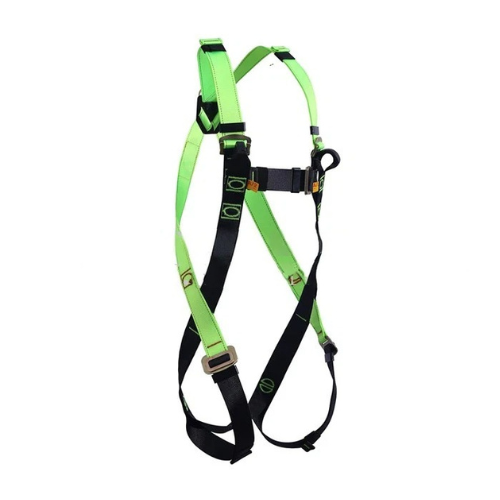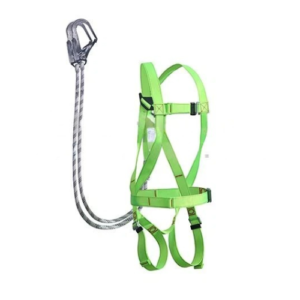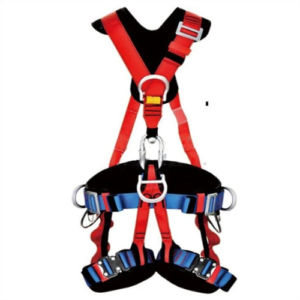Construction Safety Harness
• Attachments – 2 D-Rings at Chest and a Dorsal D- Ring for Fall Arrest. • Adjustments – 5 Points Adjustments at Chest, Shoulders and Thigh to adjust the length of straps. • Convenience – Shoulders and thigh-straps differentiated by a dual colour scheme. • Ergonomics – Ideally positioned sit-strap for extended comfort Reference to EN 361:2002.
Model number HENP88 is a safety harness which widely used for construction, it mainly used together with a safety lanyard. The construction harness is durable and safe, strong enough for rough use, exposure to sunlight and other elements without tearing or fraying. It is made of 45mm high strength polyester webbing and first class hardware, which complies to the requirements of EN 361 or ANSI standards. Below are detail introduction for this model.
Products Description
| Item number.: | HENP88 |
| Description of goods: | Full Body Harness used for constrction workers |
| Webbing material: | 100% Polyester, width 45mm, strength: 25kN |
| Color: | Green and black, other color is available upon request |
| Hardware: | • Attachments – 2 D-Rings at Chest and a Dorsal D- Ring for Fall Arrest. • Adjustments – 5 Points Adjustments at Chest, Shoulders and Thigh to adjust the length of straps. |
| Details: | • Convenience – Shoulders and thigh-straps differentiated by a dual colour scheme. • Ergonomics – Ideally positioned sit-strap for extended comfort |
| Certificate: | EN 361:2002 |
| Application: | Construction & Maintenance, Freel fall arrest, Elevated work platform |
The construction safety Harness HENP88 has a dorsal D ring and two chest D-Rings for fall arrest , which can be connected with the anchorage through lanyard, effectively prevent the worker from falling and guarantee the safety of the worker. The construction safety harness kit is CE certified and meet the EU CE standard EN361 and EN358 or ANSI standard Z359.11.
How To Put The Safety Harness On
The dual color scheme design of the webbing make the harness easy to wear. You can distinguish the shoulder and leg strap easily. and the harness can be worn following these simple steps:

Why Choose Us
● Long history factory
As a long history factory, we are first-class in scale, capital, staff,research and development, technology and price. We can provide you best product with best price.
Professional Equipment
We have advanced imported textile machines, dye equipment, computer pattern sewing machine, air compressor and full sets of testing machine, such as Universal Tensile Strength Testing Equipment, Salt Spray Corrosion-resistance Testing Equipment, Webbing Wear-Resistance Testing Equipment, UV lamp testing Equipment,Flame-Resistance testing Equipment, bending test machine, hardness test machine and 8-meter fall attest testing tower, etc.
● Professional team
Professional technical personnel and skilled worker keep us at the forefront of the industry. Our products are CE and ANSI certificated. We can produce all kinds of safety harness and accessories in accordance with European standard, American standard and Australian standard. In addition, we can also make customerized style as per your requirement.
● Strict quality control
From raw material control to production process control to finished product testing control, we strictly follow the quality management system. Our factory is ISO9001:2015 certified. Static strength test and Dynamic performance test for our products are conducted according to EN 364. We will do bending, hardness, Salt Spray Corrosion-resistance and tensile strength test for hardware to ensure its quality and your safety. For the webbing, we will do Wear-Resistance Test, UV lamp test and Flame-Resistance test, etc.
Products General Information
Liftime
WARNING! An exceptional event can reduce the lifetime of the product to one single use; for example, if it is exposed to any of the
following: chemicals, extreme temperatures, sharp edges,major fall or load, etc.
The potential lifetime products is as follows:
Up to 10 years from the date of manufacture for plastic and textile products. It is indefinite for metallic products.
The actual lifetime of a product ends when it meets one of the retirement criteria listed below (see “When to retire your equipment”), or when in its system use it is judged obsolete.
The actual lifetime is influenced by a variety of factors such as:
the intensity, frequency, and environment of use, the competence of the user, how well the product is stored and maintained, etc. Inspect equipment periodically for damage and/or deterioration. In addition to the inspection before and during use, a periodic in depth
inspection must be carried out by a competent inspector at least once every 12 months. This inspection must be performed at least once every 12 months. The frequency of the in-depth inspection must be governed by the type and the intensity of use. To keep better track of your equipment, it is preferable to assign each piece of equipment to a unique user so that he will know its history. The results of inspections should be documented in an equipment control card. This document must allow recording of the following details: type of equipment, model, name and contact information of the manufacturer or distributor, means of identification ( serial or individual number), year of manufacture, date of purchase, date of first use, name of user, all other pertinent information for example maintenance and frequency of use, the history of periodic inspections (date / comments and noted problems / name and signature of the competent person who performed the inspection / anticipated date of next inspection). See example of detailed equipment control card.
When to retire your equipment
Immediately retire any equipment if:
– it fails to pass inspection (inspection before and during use and the periodic in-depth inspection),
– it has been subjected to a major fall or load,
– you do not know its full usage history,
– it is at least 10 years old and made of plastics or textiles,
– you have any doubt as to its integrity.
Destroy retired equipment to prevent further use.
Product obsolescence
There are many reasons why a product may be judged obsolete and thus retired before the end of its actual lifetime. Examples include: changes in applicable standards, regulations, or legislation; development of new techniques, incompatibility with other equipment, etc.
Modifications, repairs.
Storage, transport
Keep your harness in a bag or other container to protect it from exposure to UV, moisture, chemical products, etc.
Exclusions from the guarantee: normal wear and tear, oxidation, modifications or alterations, incorrect storage, poor maintenance, damage due to accidents, to negligence, or to improper or incorrect usage.

